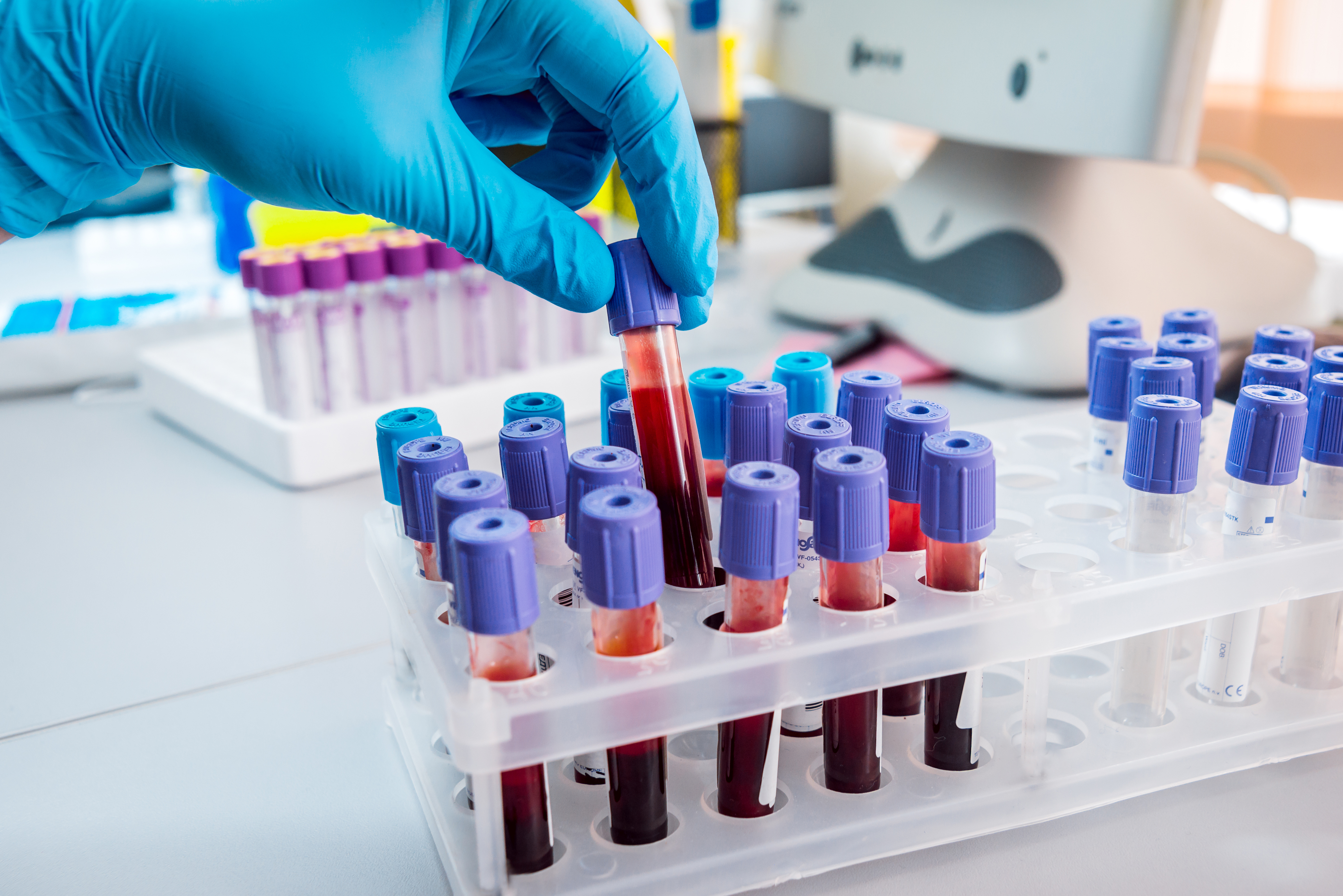Uric Acid May Be Predictive Biomarker of PAH in Scleroderma Patients, Study Shows

Blood levels of uric acid may be a predictive biomarker of pulmonary arterial hypertension (PAH) in people with scleroderma, according to a recent study.
The levels of this normal body waste product, formed when chemicals called purines break down, also may be a biomarker for disease severity and survival, the study shows.
The study, “Serum uric acid as a marker of disease risk, severity, and survival in systemic sclerosis-related pulmonary arterial hypertension,” was published in the journal Pulmonary Circulation.
Scleroderma, or systemic sclerosis, is a chronic autoimmune disease in which the body recognizes its own connective tissue — the tissue that supports and holds organs together — as foreign and attacks it. People with scleroderma are at high risk of developing PAH, which is a leading cause of early death in these patients.
There currently are limited tools for the non-invasive detection of PAH, and for the prediction of disease severity, in people with scleroderma. Thus, identifying biomarkers for early detection of PAH is particularly relevant in this high-risk patient population.
The DETECT study (NCT00706082) — which evaluated associations between a PAH diagnosis and more than 100 clinical factors in high-risk scleroderma patients — identified blood levels of uric acid as a predictive marker of pulmonary arterial hypertension in these individuals.
Join our PH forums: an online community especially for patients with Pulmonary Hypertension.
Uric acid is a normal waste product formed when the body breaks down purines — compounds found in body cells, and in some foods, including liver, shellfish, sardines, and alcohol. The kidneys remove uric acid from the blood, and incorporate it into urine to be excreted from the body.
Increasing evidence suggests an association between uric acid and XOR — the enzyme that produces it — and the development of PAH. XOR activity also generates free radicals, or unstable molecules that can lead to cellular damage. Thus, scientists suspect that increased XOR activity and levels of free radicals may contribute not only to blood vessel injury in PAH, but also to cellular damage in scleroderma.
Researchers at Johns Hopkins University set out to confirm uric acid’s predictive value for PAH in people with scleroderma. They also sought to evaluate whether it could be a marker of disease severity and survival in these patients.
The team analyzed clinical data from 162 adults with scleroderma referred to their center between 2005 and 2017 for evaluation of possible pulmonary hypertension (PH). Most of them were white women aged approximately 60 years. These patients had not received previous treatment for PH, and had their blood levels of uric acid measured within two weeks of right heart catheterization — a PAH diagnostic tool that assesses how well the heart is pumping and measures the pressure in the heart and lungs.
Participants were followed for a median of 49 months from the time of RHC. Among the 162 patients, 112 were found to have pulmonary hypertension. From these, 82 were diagnosed with pulmonary arterial hypertension.
Results showed that the levels of uric acid were significantly higher in the people diagnosed with PAH than in those who weren’t. Further, patients with uric acid levels higher than the median (6.2 mg/dL) had a four-fold increased chance of being diagnosed with PAH.
Researchers also found that uric acid levels above the median were significantly associated with increased disease severity among people with PAH, and increased risk of death overall in scleroderma patients and those with PAH.
“Each mg/dL higher UA [uric acid] was associated with a 14% increase in mortality,” the researchers said.
According to the team, combining uric acid levels with other non-invasive screening biomarkers could significantly improve the prediction of PAH diagnosis in people with scleroderma.
“Taken together, our results suggest that serum UA [uric acid] is a valuable biomarker in the non-invasive assessment of disease risk, severity, and outcomes in SSc-PAH [scleroderma-associated PAH],” the researchers said.
The team noted that larger, multicenter studies that include scleroderma patients with no indication of PH are necessary to confirm these results. In addition, future studies focusing on the roles of uric acid and XOR in the development of PAH in people with scleroderma may identify new potential therapeutic targets in these high-risk patients.







